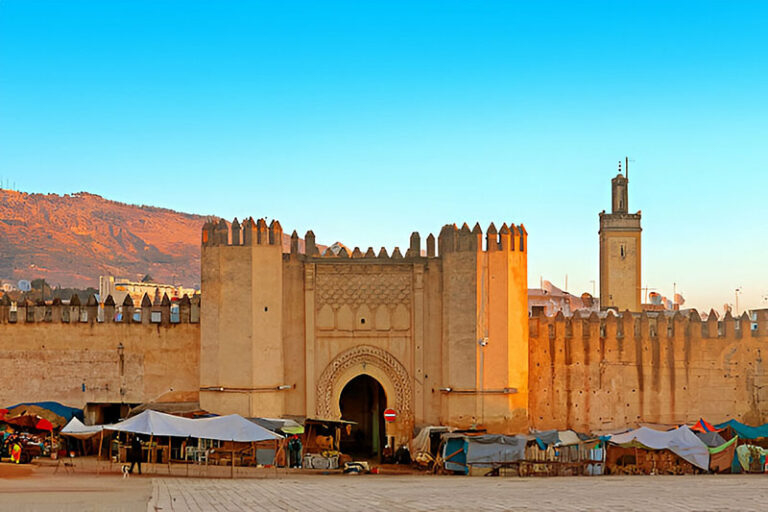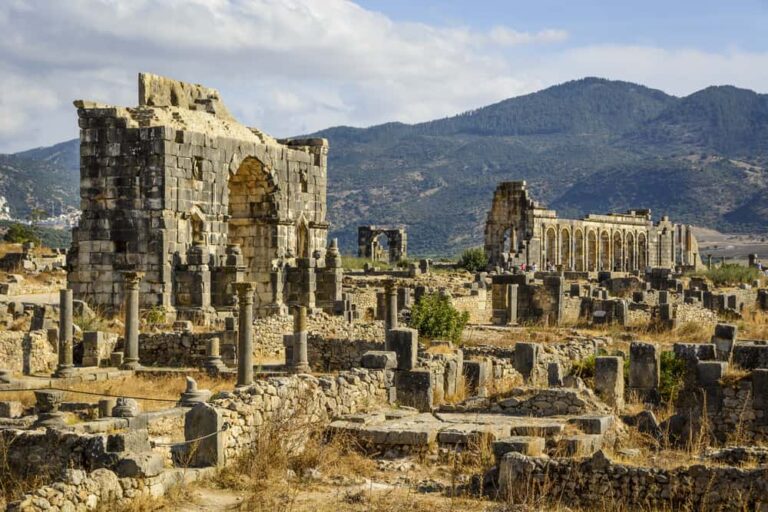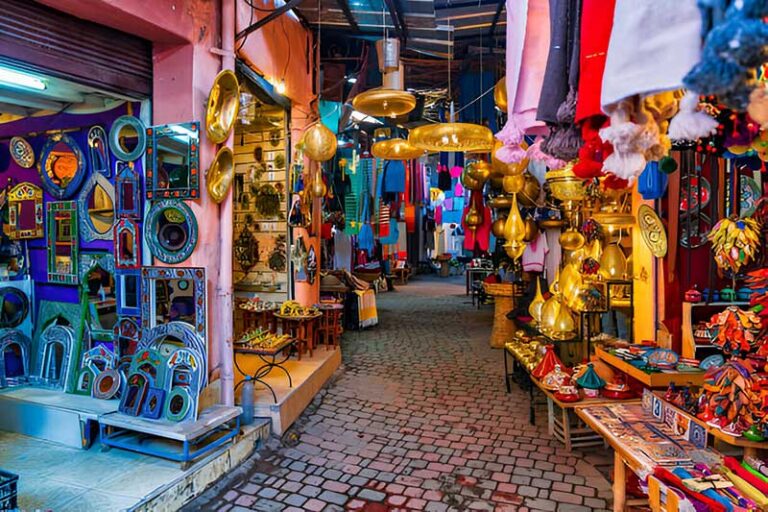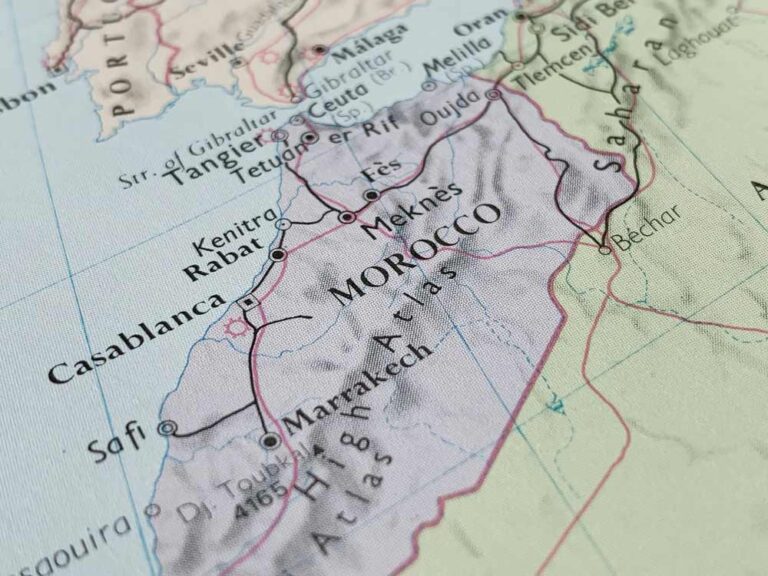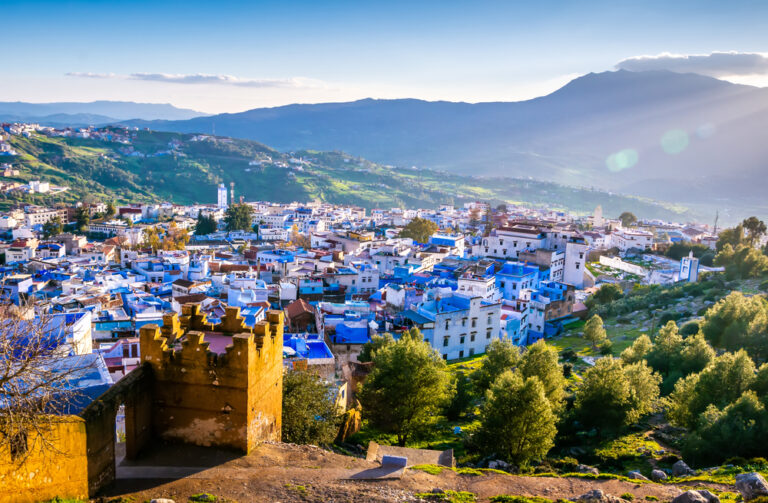Berber Heritage: The Guardians of Morocco
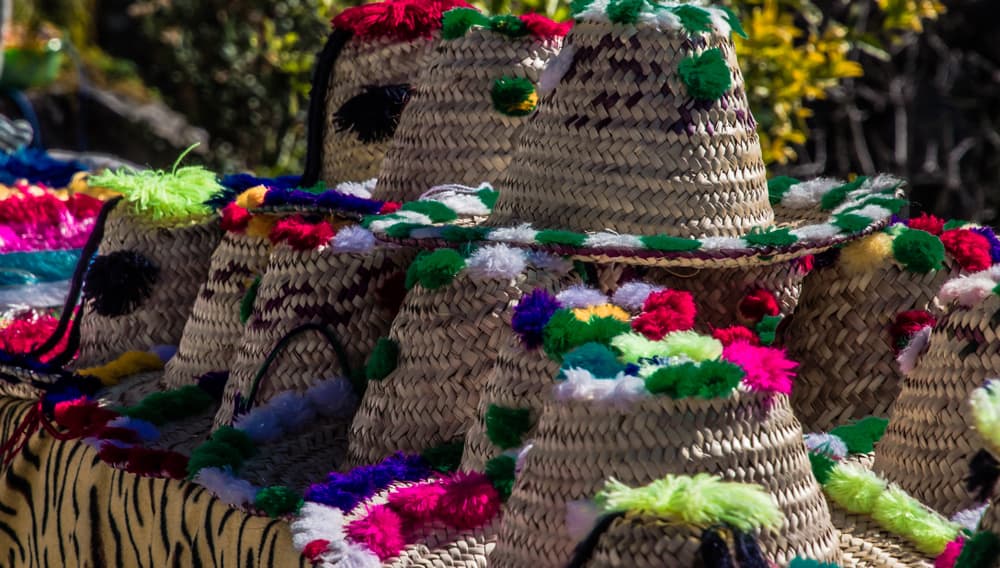
The Berber people, also known as the Amazigh, are an indigenous group from North Africa. Their culture is one of the oldest in the world, rich in traditions, language, and history. Learning about the Berber heritage gives us a peek into their unique way of life, which has been preserved for thousands of years.
The Berbers have a vibrant culture filled with colorful clothing, delicious cuisine, and lively music. They have their language, which is still spoken today. The Berber people take great pride in their traditions and work hard to keep their heritage alive.
Understanding Berber heritage means looking at various aspects of their culture. This includes their daily traditions, the special clothes they wear, and the food they cook. We also explore how they preserve their history, their influence on other cultures, and their unique celebrations. Finally, we will learn about their music and poetry, which play a big role in their culture.
As we get deeper into Berber traditions, we will see how these ancient practices still influence the lives of the Berber people today. This journey will help us appreciate the beauty and resilience of Berber heritage.
Berber Traditions
Berber traditions are an essential part of their culture. These customs have been passed down from generation to generation. They reflect the values and beliefs of the Berber people. Let’s explore some of these fascinating traditions.

Daily life for the Berber people is rooted in their traditions. These customs help guide their daily activities and interactions. Here are some key aspects:
- Family: Family is very important in Berber culture. Extended families often live together. Elders are respected and their advice is valued.
- Craftsmanship: Many Berber people are skilled in crafts. They make beautiful rugs, pottery, and jewelry. These items are not only used at home but also sold in markets.
- Agriculture: Farming is a common activity. They grow crops like wheat, barley, and olives. They also raise animals like goats and sheep.
Berbers also have special traditions for different stages of life. For example:
- Birth: When a baby is born, there are special ceremonies to welcome the new child.
- Marriage: Weddings are big celebrations with music, dancing, and feasting. The bride often wears a colorful dress and intricate jewelry.
- Death: Funerals are solemn events. They involve prayers and rituals to honor the deceased.
Festivals and rituals play a big role in Berber culture. These celebrations are vibrant and filled with joy. Some important festivals include:
- Yennayer: This is the Berber New Year, celebrated in January. It involves feasts, dances, and traditional music.
- Imilchil Marriage Festival: A unique festival where young people meet and get married. It takes place in the village of Imilchil.
- Moussem: These are religious festivals held to honor saints. They include pilgrimages, feasts, and fairs.
During these festivals, you can see:
- Traditional Clothing: People wear their best traditional outfits. These clothes are colorful and adorned with beautiful patterns.
- Music and Dance: Traditional instruments like drums and flutes are played. People dance in circles, following ancient rhythms.
- Food: Special dishes are prepared. Couscous, tagine, and sweet pastries are common.
These festive traditions and rituals help keep the Berber culture alive. They bring communities together and strengthen their bonds.
Traditional Berber Clothing
Berber clothing is colorful and unique. It reflects their culture and identity. The clothes are often handmade with bright colors and intricate patterns.
Men wear long robes called djellabas, which protect from the sun and sand. Women wear beautiful dresses called takshitas, decorated with embroidery and beads. Jewelry, like silver bracelets and necklaces, is important and often believed to ward off evil spirits.
Clothing styles vary by region. Mountain Berbers wear heavy wool robes for warmth, while desert Berbers wear lighter fabrics to stay cool. Colors and patterns also differ, showcasing the diversity within Berber culture.
Next, we will explore the delicious traditional Berber cuisine.
Traditional Berber Cuisine
Berber cuisine is tasty and full of flavor. It reflects their rich culture and use of fresh ingredients. The dishes are simple yet delicious, and they are often enjoyed with family and friends.
Berbers use many fresh and natural ingredients in their cooking. Common staples include:
- Couscous: A type of grain that is steamed and served with vegetables and meat.
- Bread: Often baked in clay ovens, it is a part of every meal.
- Olives: Olives are used in salads and cooking, adding a rich flavor.
- Dates and Figs: Common fruits that are sweet and nutritious.
They also use a variety of spices, such as cumin, coriander, and saffron, to enhance the taste of their dishes.
Some popular Berber dishes include:
- Tagine: A slow-cooked stew made with meat, vegetables, and spices, cooked in a special clay pot called a tagine.
- Harira: A hearty soup made with lentils, chickpeas, and tomatoes, often eaten during Ramadan.
- Msemen: A type of flatbread, usually served with honey or jam.
Each dish has its own special way of being prepared. For example, making a tagine involves layering meat and vegetables in a clay pot and letting it cook slowly to blend the flavors.
Berber cuisine is not just about eating; it is about enjoying food together and sharing with loved ones.
Preserving Berber History
The Berber people take great pride in their history. They work hard to preserve their past and keep their traditions alive. This effort helps them stay connected to their roots and share their culture with the world.
Berber history is rich with important sites and artifacts. These places and items tell stories about their ancestors and how they lived. Some of these sites include ancient cities and rock carvings.
One famous site is the ancient city of Volubilis in Morocco. It has ruins from the Roman era, showing how the Berbers interacted with other cultures. Another important site is the Tassili n’Ajjer in Algeria, known for its prehistoric rock art.
Artifacts like pottery, tools, and jewelry are also preserved in museums. These items help us understand the daily lives of the Berber people from long ago.
Today, many efforts are made to keep Berber history alive. Schools teach the Berber language and traditions to young people. Festivals celebrate Berber culture with music, dance, and food.
There are also organizations that work to protect historical sites and artifacts. They make sure these treasures are not lost or damaged.
By preserving their history, the Berber people ensure that future generations can learn about and appreciate their rich heritage.
The Berber Language
The Berber language is a vital part of their culture. It helps the Berber people communicate and keep their traditions alive. The language is rich and has many dialects, making it unique and special.
The Berber language, also called Tamazight, has its alphabet. This alphabet is known as Tifinagh. It has symbols that are very different from the Latin alphabet. The language is very old, and it has been spoken for thousands of years.
Tamazight (Central Atlas Tamazight) is primarily spoken in the central Atlas Mountains. This dialect has several sub-dialects, all of which are mutually intelligible, allowing speakers from different areas to communicate seamlessly.
Tachelhit (Shilha) is another widely spoken Berber dialect. It is prevalent in the Souss Valley, the Anti-Atlas Mountains, and the southern regions of Morocco. Tachelhit is one of the most commonly spoken Berber dialects in the country.
Tarifit (Riffian) is predominantly spoken in the Rif Mountains in northern Morocco. This dialect features unique phonetic and verbal characteristics that distinguish it from other Amazigh dialects.
Many Berber people work hard to keep their language alive. Schools in Berber regions teach children to read and write in Tamazight. This helps the next generation learn about their heritage.
There are also radio and TV programs in the Berber language. These programs share news, music, and stories. They help people hear and use Tamazight in everyday life.
Organizations and communities celebrate International Mother Language Day to promote the Berber language. They hold events and activities to teach others about the importance of preserving Tamazight.
By preserving their language, the Berber people keep their culture strong and vibrant.
Influence of Berber Culture

Berber culture has had a significant impact on the world. Their traditions, art, and knowledge have influenced many aspects of life in North Africa and beyond. Let’s explore how the Berber culture has shaped and enriched the world around us.
Berber culture is deeply woven into the fabric of North African life. Their traditional music, with its unique rhythms and instruments, is popular across the region. Many famous North African dishes, like couscous and tagine, have Berber origins.
Architecture in North Africa also shows Berber influence. The distinctive Berber ksars and kasbahs are examples of their unique building styles. These structures are not only beautiful but also practical, designed to withstand the harsh desert climate.
Beyond North Africa, Berber culture has left its mark on the world. Berber art, especially their intricate carpets and jewelry, is admired globally. These items are often showcased in museums and art galleries.
The Berber people have also contributed to global knowledge. Many Berber scholars have made significant contributions to fields like astronomy, medicine, and mathematics. Their wisdom and discoveries continue to be valued today.
Berber festivals and traditions attract visitors from around the world, helping people learn more about their rich culture. This exchange of ideas and customs enriches both the Berber community and the global audience.
The Amazigh Identity
The Amazigh identity is central to Berber culture. The term “Amazigh” means “free people,” reflecting their strong sense of independence and pride. Let’s explore what it means to be Amazigh.
The Amazigh people have lived in North Africa for thousands of years. They have a rich history filled with stories of bravery and resilience. Their culture has survived many changes, including invasions and colonization. Despite these challenges, they have maintained their unique identity.
Today, the Amazigh people continue to celebrate their heritage. They have movements dedicated to preserving their language, traditions, and rights. Festivals and cultural events help keep their customs alive.
Many Amazigh people proudly identify with their heritage. They work to educate others about their culture and history. This pride in their identity helps ensure that the Amazigh culture will continue to thrive.
Celebrating Berber Heritage
Celebrations are a big part of Berber culture. They bring people together to enjoy music, dance, and food. These events help keep their traditions alive and are filled with joy and color.
Berbers celebrate several important festivals. One of the biggest is Yennayer, the Berber New Year, which is full of feasts and traditional music. Another key event is the Imilchil Marriage Festival, where young Berbers meet and get married.
Today, Berber festivals blend old and new traditions. While they still enjoy traditional music and dances, modern elements like concerts and exhibitions are added. These celebrations help share Berber culture with the wider world.
Berber Music and Poetry
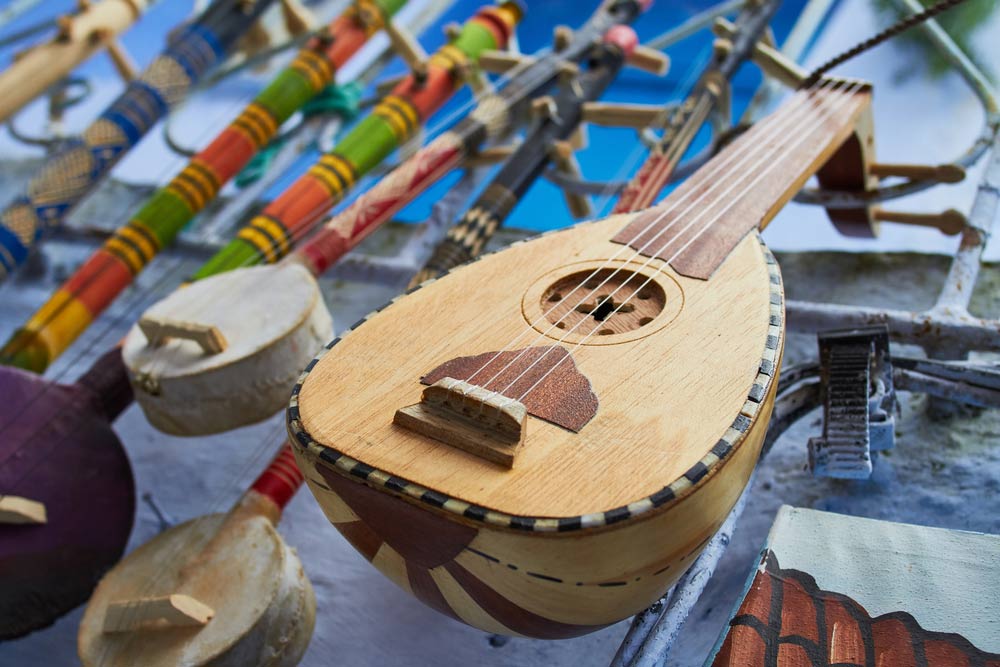
Music and poetry are important parts of Berber culture. They tell stories, express emotions, and bring people together. These art forms are a key way for the Berber people to share their heritage.
Berber music uses unique instruments like drums, flutes, and stringed instruments called loutar. The music often includes rhythmic drumming and chanting. Songs are passed down through generations and are sung at celebrations and gatherings.
Berber poetry is rich and expressive. It often tells stories about daily life, love, and nature. Poets are respected members of the community, and their words are cherished. Poetry is often recited at festivals and special occasions, keeping the tradition alive.
Conclusion
Berber heritage is a rich tapestry of traditions, language, clothing, and art. The Berber people, with their strong Amazigh identity, continue to preserve and celebrate their culture through festivals, music, and poetry. Their unique history and contributions to North African culture are significant and inspiring. By learning about and appreciating Berber heritage, we can help ensure that their vibrant culture remains alive for future generations. This journey through Berber traditions, cuisine, history, language, influence, identity, celebrations, and art has shown us the beauty and resilience of the Berber people.


